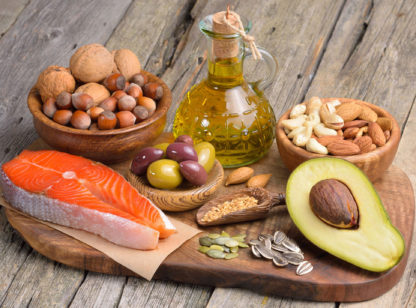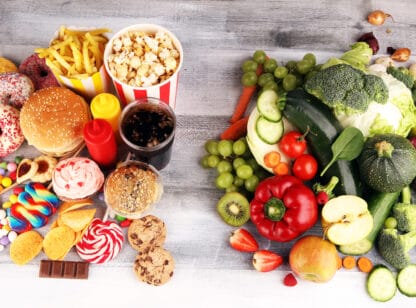In 2016, the U.S. Food and Drug Administration (FDA) formally announced that the Nutrition Facts Label would have its first significant makeover in over 20 years. Originally, the compliance date was set for July 2018; yet the FDA recently stated that the deadline was extended with no new date offered.
 The new changes have been generally welcomed by the public, but for some manufacturers, complying with the required changes will not be easy or inexpensive. Additionally, some nutrient recommendations are still in question so more changes may be ahead.
The new changes have been generally welcomed by the public, but for some manufacturers, complying with the required changes will not be easy or inexpensive. Additionally, some nutrient recommendations are still in question so more changes may be ahead.
Despite the waiting period, you will likely still see some new labels from the smaller or more conscientious companies in 2018 and some have already rolled out their new compliant labels. According to the FDA, “The new Nutrition Facts Label will make it easier for consumers to make informed decisions about the food they eat.”1
Here are the key changes to look for on the new labels:
Added Sugars. A new sub-category under carbohydrates is “added sugars” and the percentage of recommended daily limit that this amount comprises. This means that any sugar other than what is found naturally in that product will be listed separately. The percentage will reflect the significantly decreased “added sugar” limit that has been set.
Serving Size. Packages that are between one and two servings will be listed as one serving now, due to the fact that people will typically consume the entire package in one sitting (e.g., a 20-ounce soda). In our super-sized country, the FDA wants consumers to easily reference in any personal size product all the calories and nutrition without requiring calculations. All serving sizes are required to reflect more closely the actual amount that people typically eat. Some serving sizes will increase and others will decrease because by law, the serving sizes must be based on the amounts of food and drink that American’s typically consume, not on how much they should consume. We do know that Americans eat much more than decades ago; therefore, anything from a bottle, bag, or box will have an increased serving size calculation to match our American appetites, but that does not mean that will be a recommended healthy amount.
Per Package Disclosure. For foods that can be eaten in one sitting (such as a pint of ice cream), the new label will include both “per serving” and “per package” calorie and nutrition information.
Limit Changes. Limits for sodium intake have decreased and recommended daily value for dietary fiber have increased.
Newcomers. Vitamin D and potassium have been added to labels. According to nationwide food consumption surveys,2 Americans are not getting enough of these nutrients, and lack of these is associated with increased risk of chronic disease; vitamin D is important for bone health, and potassium helps to lower blood pressure. Calcium and iron are already required and will continue to be on the label.1
Visual Enhancements. Calories and serving size are enlarged for quick and easy reference as research suggested that these changes may increase consumers’ attention to the information.
Tiffany is a certified nutrition consultant and functional diagnostic nutrition practitioner and can be reached at (760) 285.1221. For more information visit TiffanyDalton.net.
Sources:1.)https://www.fda.gov/Food/GuidanceRegulation/GuidanceDocumentsRegulatoryInformation/LabelingNutrition/ucm385663.htm. 2.) http://www.cdc.gov/nchs/nhanes/
















































Comments (0)